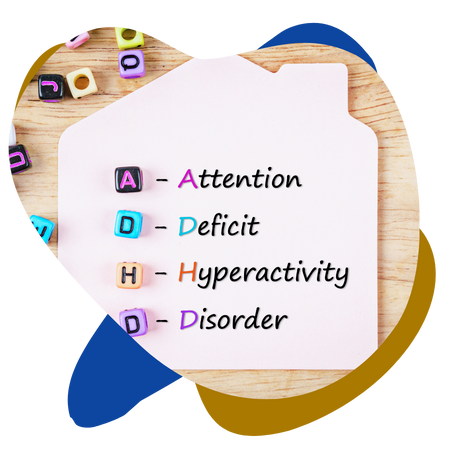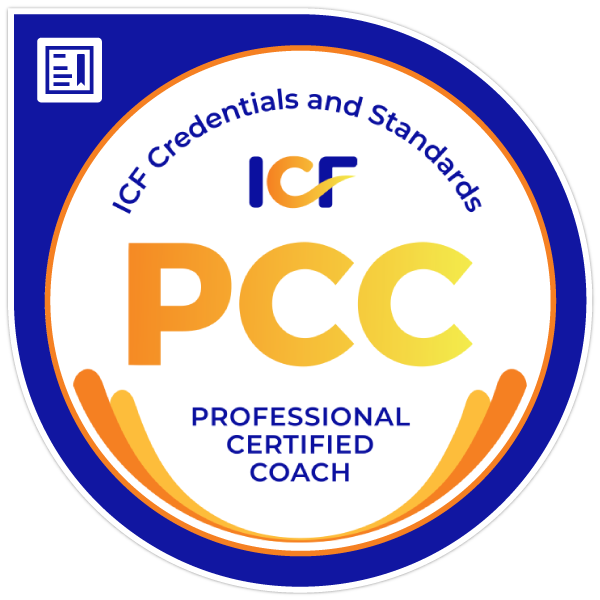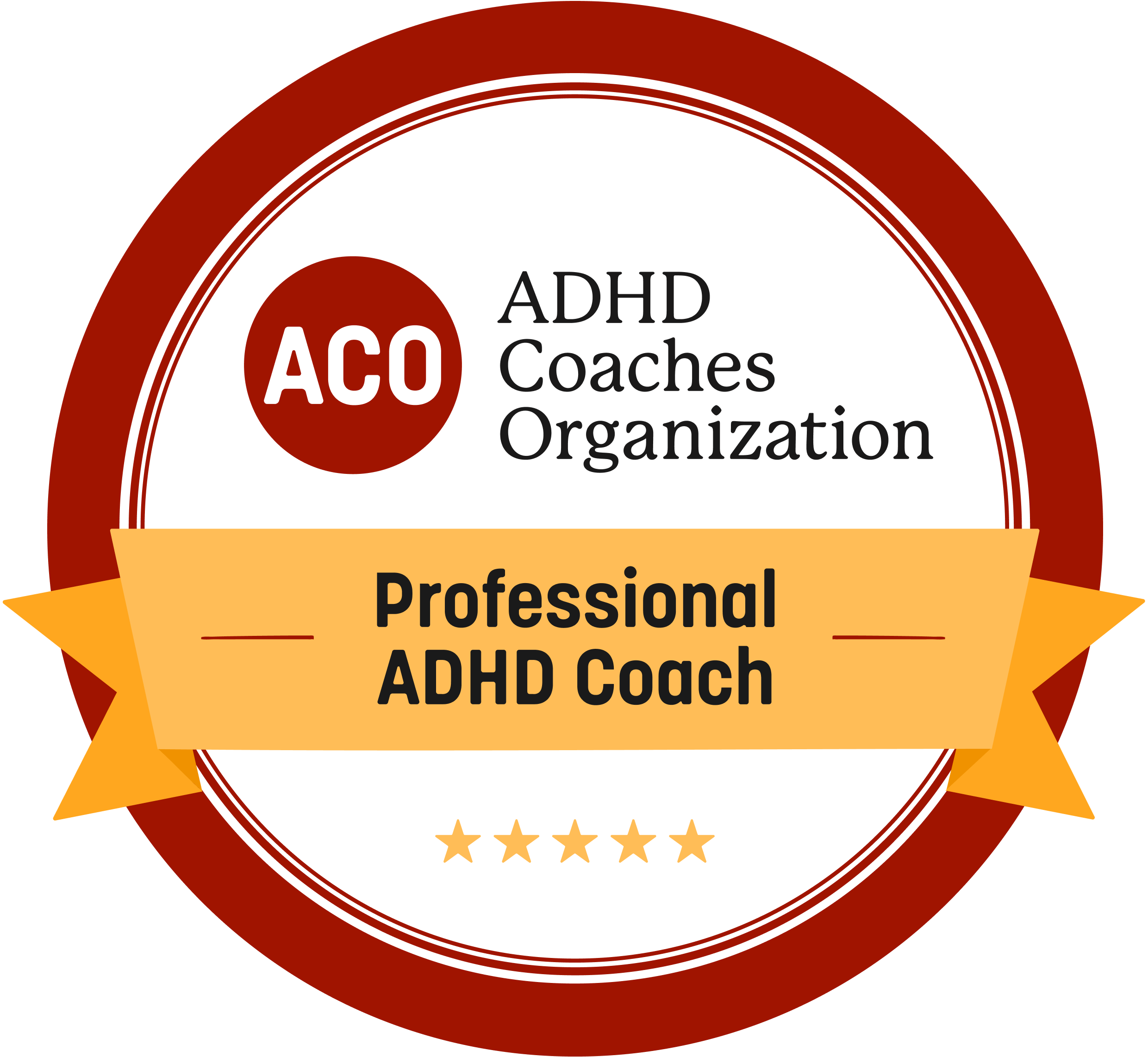looking for answers?
Give yourself the gift that keeps giving by signing up to be the first to receive my monthly “uPLifted Series” mindfully curated to tackle the struggles and bring awareness with ways to create ease and flow in your life.
Are you a “cautious clicker”? Me, too! I assure you that I am committed to providing useful and meaningful content to our tribe and respect your privacy. I do not sell or share my email list. You simply get helpful tips directly to your inbox without all the hard work of searching.








